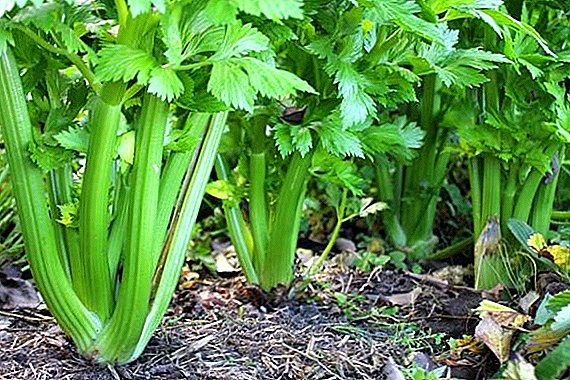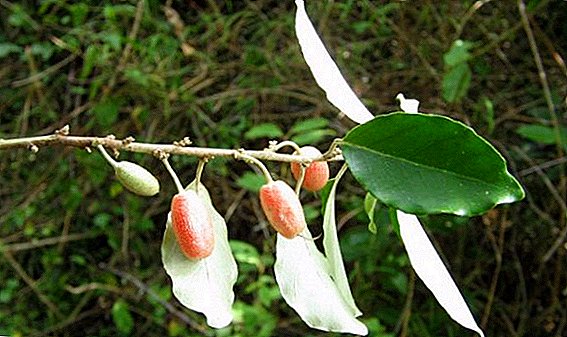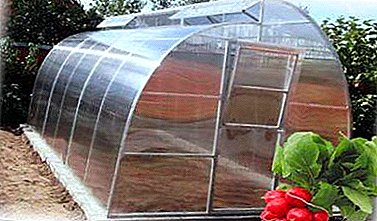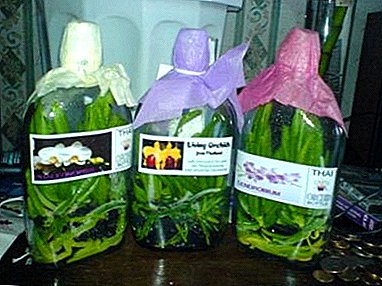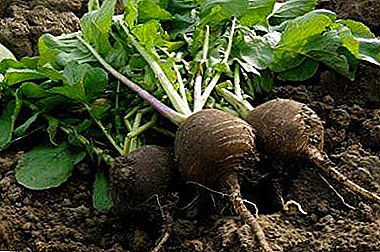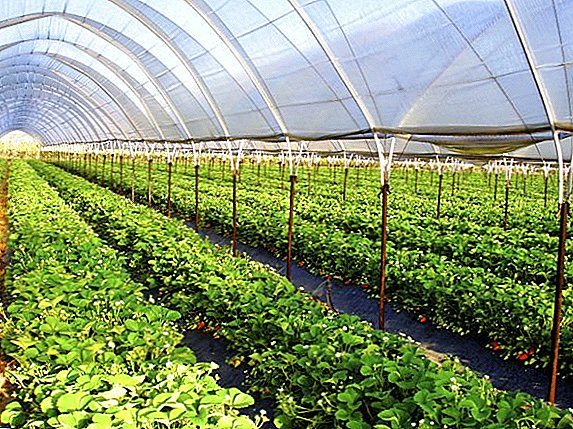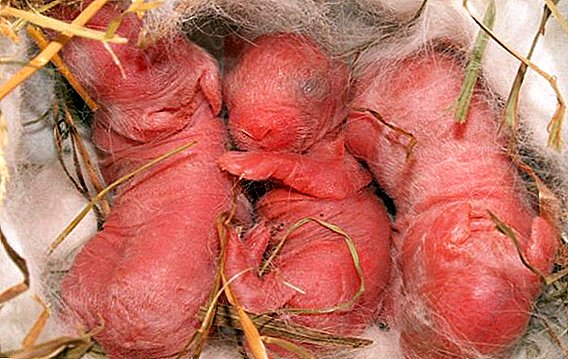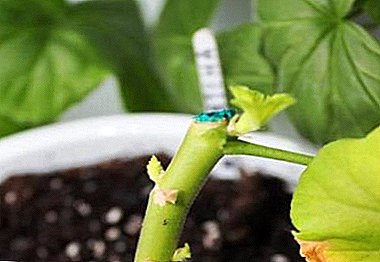
Yellow potatoes are high in protein, vitamins, carotene. These tubers are widely used in cooking, especially if they are flat, large, neat - such as the variety "Kolobok".
Variety refers to the mid-season, it is known for disease resistance and high yields. A detailed description of the variety Kolobok, its main characteristics and features of cultivation can be found in the article.
Potatoes "Kolobok": variety description, characteristics and photos
| Grade name | Gingerbread Man |
| general characteristics | Mid-season table variety with good taste |
| Gestation period | 90-115 days |
| Starch content | 11-13% |
| Mass of commercial tubers | 120-140 gr |
| The number of tubers in the bush | 15-18 |
| Yield | 130-250 kg / ha |
| Consumer quality | good taste, suitable for chips and fries |
| Recumbency | 98% |
| Skin color | yellow |
| Pulp color | yellow |
| Preferred growing regions | Central |
| Disease resistance | not resistant to nematodes |
| Features of growing | recommended loosening and additional watering |
| Originator | Institute of Potato Farm them. A.G. Lorch |
The main characteristics of the potato variety "Kolobok":
- tubers of medium size, weighing up to 93 to 140 g;
- round or oval-round shape;
- tubers are even, neat, without irregularities and bumps;
- the peel is yellow, evenly colored, dense, slightly rough;
- small eyes, medium-deep, few, hardly noticeable;
- the pulp on the cut is light yellow;
- starch content ranges from 13 to 15%;
- tubers contain a lot of protein, amino acids and carotene.
In the table below you can see how many percent of starch is found in other varieties of potatoes and compare them with this:
| Grade name | Starch content |
| Gingerbread Man | 11-13% |
| Grenada | 10-17% |
| Cheri | 11-15% |
| Natasha | 11-14% |
| Zekura | 13-18% |
| Bullfinch | 15-16% |
| Timo | 13-14% |
| Spring | 11-15% |
| Molly | 13-22% |
| Giant | 16-19% |
| Santana | 13-17% |
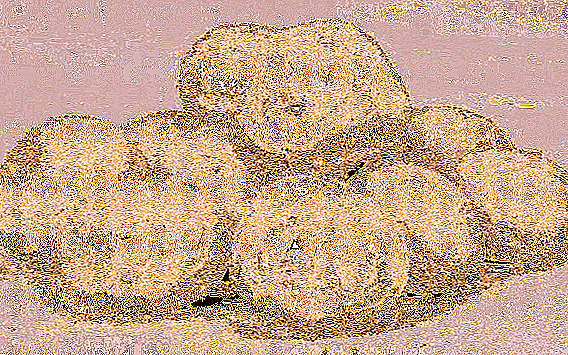
Potato variety Kolobok refers to mid-season table. From planting tubers to ripening, the crop lasts 80 days. Gingerbread Man ideal for potato production: freeze-dried mashed potatoes, chips, mixed vegetables, frozen french fries. Productivity is high, at storage tubers do not spoil.
Seed material is not subject to degeneration, the tubers for subsequent planting can be collected independently. Dense, slightly rough peel well protects the roots when digging.
Bush is medium size or tall, half upright, intermediate type. The branches are moderately sprawling, the foliage is average. The leaves are simple, light green, medium or large, intermediate type. The edges of the leaves are slightly wavy, veins clearly pronounced.
Corollas are large, collected from white or cream flowers. Root system is powerful, 10-15 tubers are formed under each bush. Root crops are leveled by weight and size, the number of non-commodity items is minimal.

Gingerbread Man - quite fruitful variety, responsive to dressing. Under good climatic conditions, from 1 hectare one can get from 130 to 220 centners of selected tubers. The maximum yield reaches 256 centners per hectare. Harvested potatoes are well stored, without losing commercial quality. Transportation is possible.
Read more about the timing and temperature of storage of potatoes, about possible problems. And also about storage in the winter, on the balcony, in drawers, in the refrigerator, cleaned.
The yield of other varieties for comparison is presented in the table below:
| Grade name | Yield |
| Gingerbread Man | 130-250 kg / ha |
| Lorch | 250-350 c / ha |
| The hostess | 180-380 c / ha |
| League | 210-350 c / ha |
| Pretty boy | 170-280 kg / ha |
| Svitanok Kiev | up to 460 c / ha |
| Borovichok | 200-250 centners / ha |
| Lapot | 400-500 c / ha |
| American | 250-420 c / ha |
| Colombo | 220-420 c / ha |
| Red Fantasy | 260-380 c / ha |
The variety is highly resistant to potato cancer, common scab, black leg, various viruses: Alternaria, Fusarium, Verticillus. Infection with late blight of the leaves or a golden cyst nematode is possible.
The taste of the potato is good. Due to low starch content tubers do not boil soft or darkenwhile maintaining a neat shape and a pleasant cream color. Root crops are suitable for deep-frying, dressing soups, stuffing, roasting.
Potatoes are actively used for industrial processing: cooking chips, frozen cloves, vegetable mixes. The finished products are not only complete to taste, but also very beautiful.
Here are some pictures of the Kolobok potato variety:

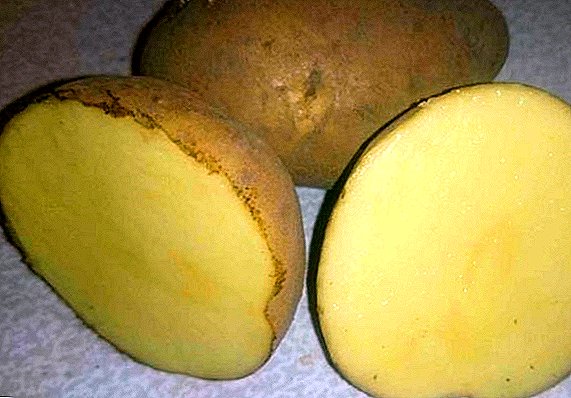
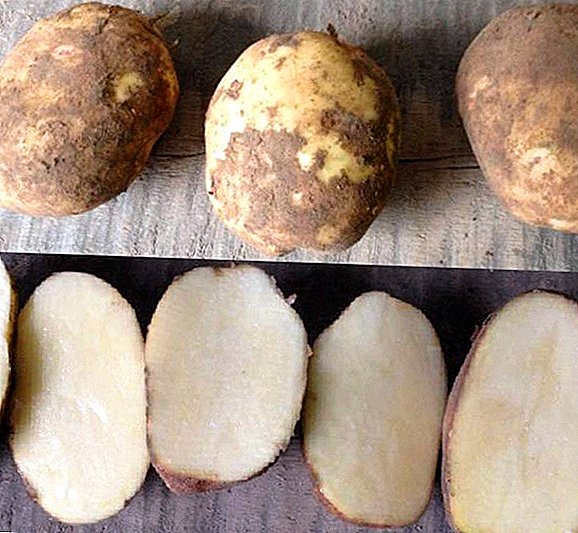
Origin
Potato variety Kolobok created by Russian breeders (Institute of Potato Farming named after Lorch). Included in the State Register of the Russian Federation in 2005. Zoned for the Central and Central Black Earth regions. The variety is recommended for industrial cultivation. Tubers go for sale or production of potato semi-finished products.
Advantages and disadvantages
The main advantages of the variety include:
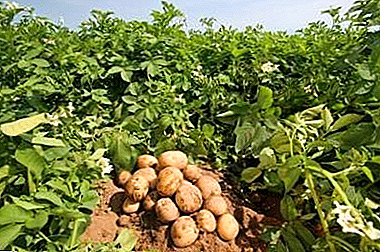
- pleasant balanced taste;
- excellent commercial qualities of tubers;
- good yield;
- unpretentiousness;
- universality of tubers;
- good keeping quality of root crops;
- resistance to major diseases.
Deficiencies in the variety is not noticed. The only feature can be considered sensitivity to dressing and watering. Dense skin well protects the tubers, but makes them difficult to clean.
Features of growing
Agrotechnology is simple: plantings begin in May, when the soil is completely warm. Before sowing, the tubers are pickled, it can be treated with a growth stimulator. The variety is sensitive to the nutritional value of the soil, preferably light soil based on sand. Tubers are planted with a depth of 10 cm, the distance between the bushes - 30-35 cm. Mandatory wide aisles, facilitating the care of plants.
During the season, the plants are fed 2-3 times, alternating potassium based mineral complexes and organics (mullein or bird droppings).
It is not possible to abuse nitrogen-based fertilizers (urea or ammonium nitrate). Plants will begin to gain green mass to the detriment of the development of root crops.
Arranging top dressing, worth moderation. An excess of nutrients contributes to the accumulation of nitrates. Read more about how to feed potatoes, when and how to apply fertilizer, how to do it when planting.
For optimum hydration it is recommended to organize drip irrigation. If this is not possible, in the dry summer planting is watered in the usual way. Short-term drought tolerates potatoes without consequences, but the constant lack of moisture will adversely affect the harvest. Hilling and mulching will help regulate moisture and fight weeds.
A signal to the beginning of the harvest will be the drying of the stalks of the plants. The first tubers can be broken in the middle of summer., but the variety reaches its maximum yield by about the second decade of September. Before digging is to cut the entire tops. After digging, the potatoes are sorted and laid out to dry.
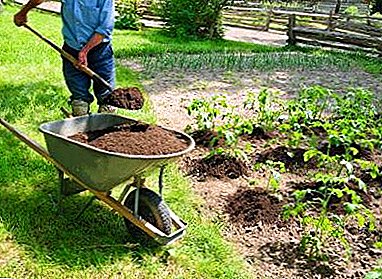 Agricultural cultivation of potatoes has certain subtleties. In addition, there are different ways to produce a crop.
Agricultural cultivation of potatoes has certain subtleties. In addition, there are different ways to produce a crop.On our site you will find useful information about growing potatoes in bags and barrels, in boxes and under straw. And also all about the Dutch technology.
Read also how to get a good harvest without weeding and hilling, how to properly care for early potatoes.
Diseases and pests
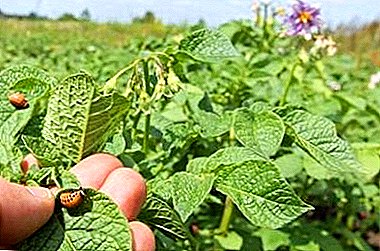 Potato variety Kolobok is resistant to potato cancer, common scab, various viruses. May be exposed to golden cyst nematode or late blight.
Potato variety Kolobok is resistant to potato cancer, common scab, various viruses. May be exposed to golden cyst nematode or late blight.
For prophylaxis, it is recommended to treat the plantings with copper-containing preparations 1-2 times during the peak of the epidemic.
It is useful to periodically change the field for planting potatoes, while dormant sowing them with phacelia, radish or cabbage.
Juicy potato tops are often affected by aphids or Colorado beetles. Tubers are threatened by a wireworm making turns and spoiling the crop. Pre-treatment of soil will help prevent pests. In the case of insects, plantings are sprayed with insecticides.
Read also about how to get rid of wireworm and what means can be used against potato moths.
It will also appeal to farmers interested in getting even, tasty and beautiful tubers, ideal for sale. Seed material does not degenerate, potatoes rarely get sick, and are distinguished by good immunity.
In the table below you will find links to varieties of potatoes with a variety of ripening periods presented on our website:
| Mid-season | Middle late | Medium early |
| Giant | Melody | Innovator |
| Tuscany | Margarita | Pretty boy |
| Yanka | Alladin | American |
| Purple Haze | Courage | Crown |
| Openwork | Beauty | Manifesto |
| Desiree | Milady | Elizabeth |
| Santana | Lemongrass | Vega |


